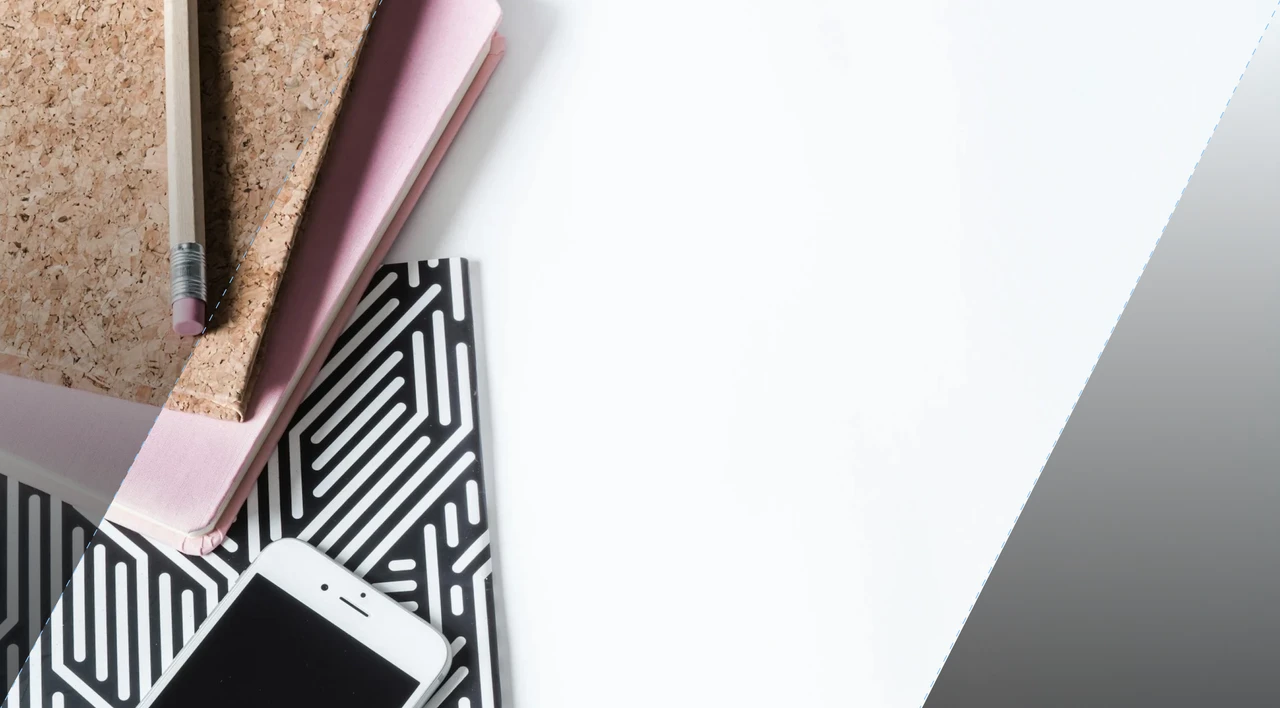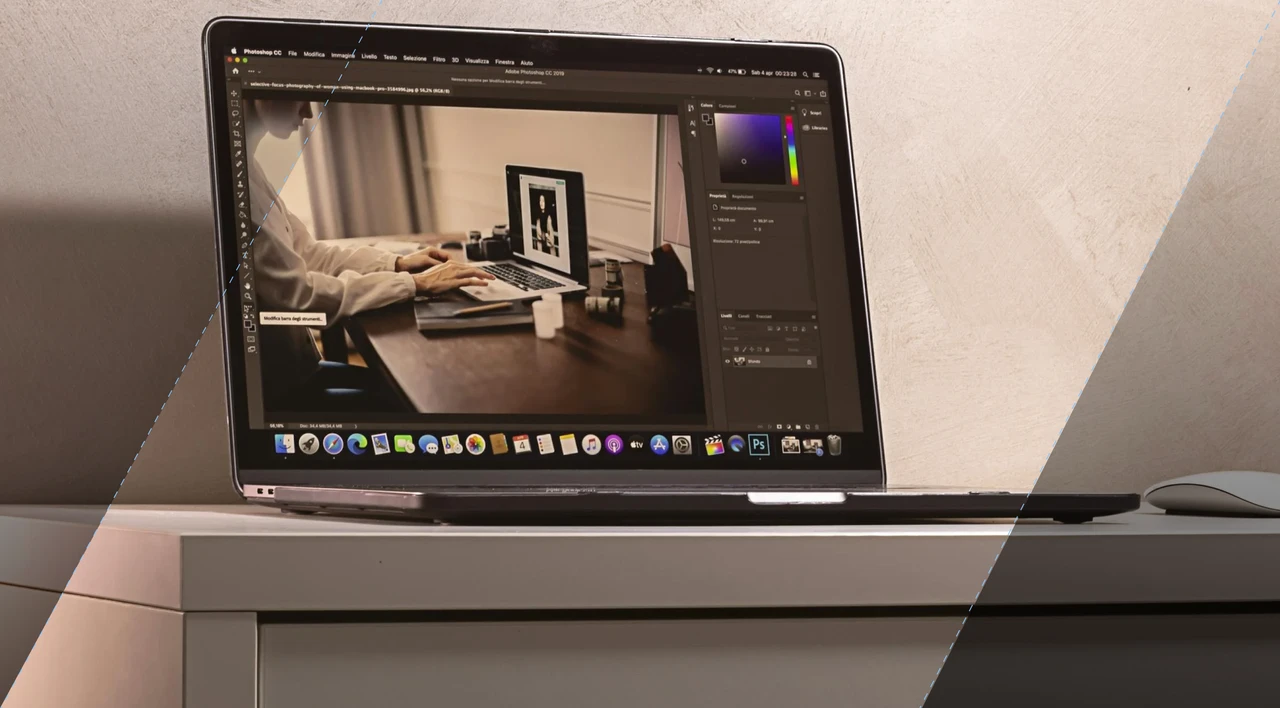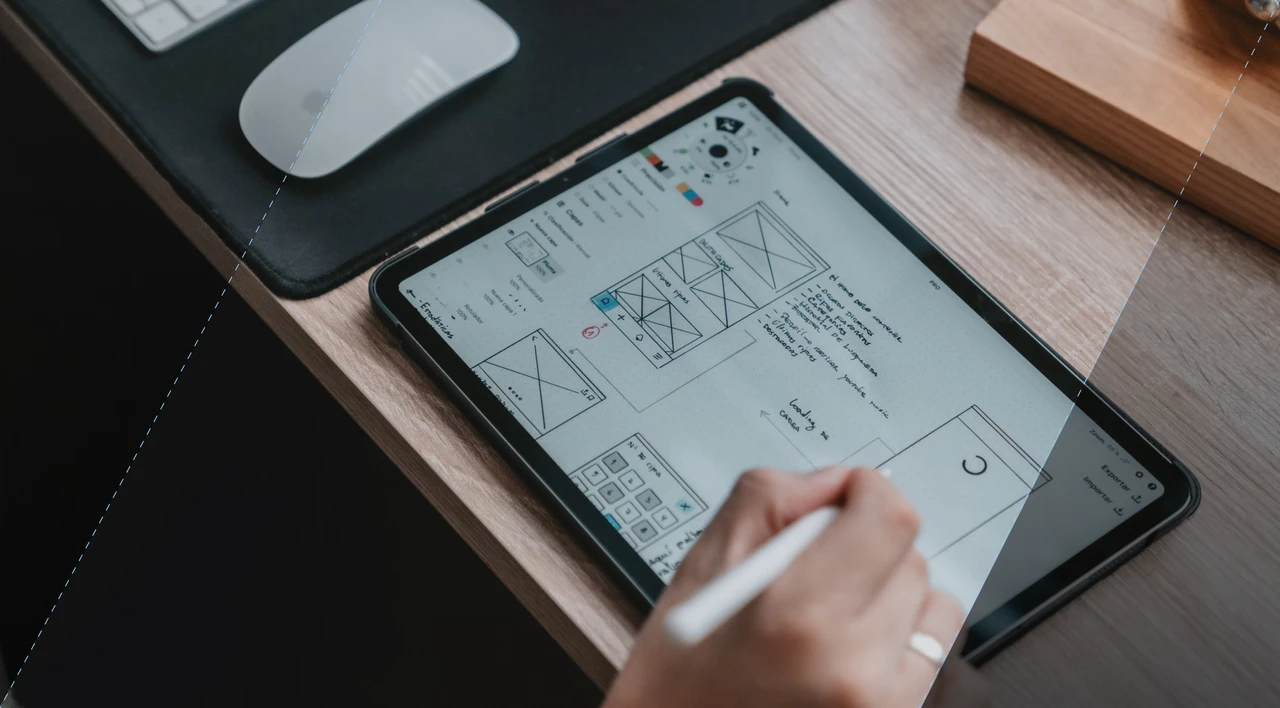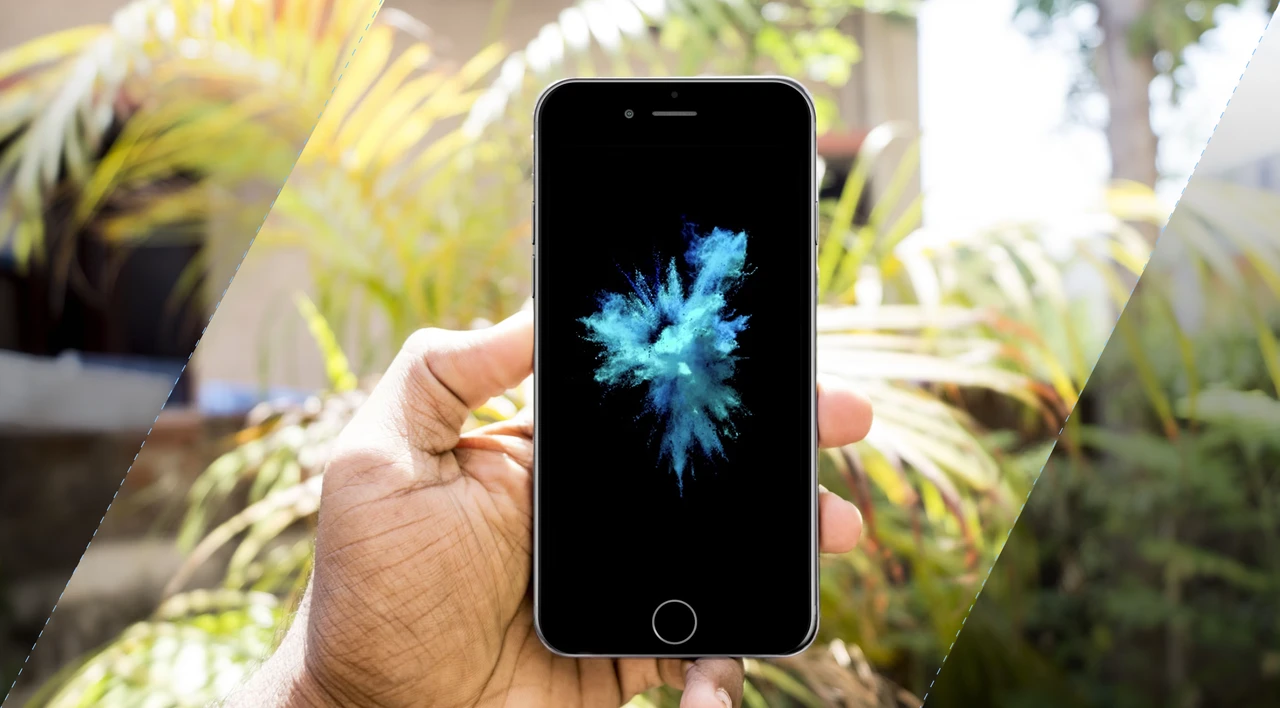SHARE
Seven Tips to Effectively Manage Design Clients

As software designers and UX/UI designers, we learn about many things: color theory, typography, rhythm, balance, design systems, grids, and much more. These are all technical design skills. However, the one thing they NEED to teach in design school, which is crucial, is how to manage or deal with clients. I am talking about the soft skills needed to operate effectively in the design industry. Being a great professional designer is about client management, collaboration, communication, boundaries, and striking the right balance between incorporating feedback from your piers and sticking up on behalf of users. So, these are my tips to manage design clients.
Before working at Flatirons, I was never properly taught how to handle clients. Yet, client relationships are crucial for any design firm that aims to keep its clients happy. As a result, I’ve constantly needed to rely on my design manager to deal with missteps along the way. Fortunately, I’ve had some practice over the last couple of years, and I’m a little better at it. So, if you’re like me and have struggled at some point with how to deal with clients properly, here are seven valuable tips to manage design clients and make you look like you got this under control.
Design with passion
Become an expert. Understand the business you are designing for, the industry, and the impact that your software is trying to make. Find ways for your work to be meaningful to you. Having a passion for the projects that you work on is not only very noticeable by clients and piers, but if you can align a design project with your own interests you can often find ways for your work to be self-motivating. When you are happy and motivated you produce the best design work, and that in turn will make your clients happy and set you apart from other designers.
Let other designers push you to be better at your job. It is important to be a designer that utilizes resources around them for self-improvement. Taking in feedback from your team and being able to apply it to your design without losing the interest of users is a superpower for designers.
Be transparent and honest
Being transparent is about being open and honest with our clients. Be bold, ask questions, ground your clients’ requests, and compromise on the project’s scope. Don’t act like an expert in areas that you are unfamiliar with or that you need additional clarification on. Clients and team members will see right through that. Embrace design collaboration within the project without letting others pixel push you. In my experience, clients love to give feedback early and appreciate it when you involve them in the design process. This is a golden rule for managing design clients.
If you are indeed transparent and honest, clients will appreciate your forthrightness and see that you are looking out for them and their best interests. As designers, we always try to put the user first in our design process. However, it is just as equally important to put clients first, as they are the ones that typically know their own industry and their own business constraints best.
Set realistic project goals (and stick to them)
Before tackling a new project or a new track of work, ensure you and your clients are on the same page regarding what they should expect from you. Set achievable, measurable goals that meet your client’s needs, and never make promises you can’t fulfill. Communicate delays or potential issues to your project owner or project managers so that you can ensure that your design client is aware of any risks ahead of time. Providing quality design services requires hard work, honesty, and direct client communication. Rely on your team members for help here if needed.
Keep in mind, project managers and project owners cannot do their job well unless they are proactively discussing your work and consistently referring back to design deadlines. It is your job to manage your own deadlines and to communicate to project management about any hurdles or obstacles in your way of completing design tasks on time.
Set some design boundaries
Previously, I wrote about being clear on what we are going to do, but it is equally important to align on what we are not going to do. Setting boundaries is essential to avoid clients believing we’re available 24/7 or that we can tackle additional, undisclosed work at their whim.
Additionally, every professional designer knows the feeling of having too many cooks in the kitchen. Boundaries can be a powerful tool for ensuring that you are able to advocate on behalf of the user. Establishing yourself as an expert and ensuring that you are indeed in touch with the feelings of your user base will help you draw lines on when and where to get feedback on your deliverables.
If you have a client relationship or project where the client makes it particularly difficult to draw boundaries, at least ensure that the client is aware of any risks involved with decisions that they force upon the design team. This way, they can gauge the pros and cons of their actions ahead of time.
Talk about project timing
It’s not uncommon for clients to want things delivered by yesterday; that’s why talking about timing is very important during the initial state of a project. Create a timeline for your project, depicting delivery dates and other essential details, and ensure you and your clients see eye to eye.
Task management, road mapping, and attention to timing are very important. As designers, we often get caught up in the weeds of design work. Being a professional designer is not just about producing high-quality UX or UI. It is about client relationships, successful projects, and operating as an effective team member.
A project management tool that allows for road mapping or that holds you accountable for deadlines will help you focus. Some designers like Miro, while others prefer Jira. Find the resources and tools that work best for you. Make sure you are actively tracking your time and your progress so that you don’t slip behind. And if you do slip behind, be forthcoming about it. Keep your team abreast of any changes in your work that will impact them.
Set expectations
Setting expectations is about providing a better understanding of how you will operate from the beginning of the project until the very last day of your work relationship. Letting your clients know you’ll deliver weekly updates is a great way to manage their expectations.
Stay in touch and communicate clearly
At this point, it is clear that communication is key. Keep your clients happy by having an open, transparent communication stream. Have regular conversations and provide critical information on the latest track of work. Rest assured; your clients will appreciate you keeping them in the loop. Open and responsive communication is a prerequisite to making any client happy.
These are some pointers that have helped me improve my client management skills. Put them into practice, and your relationship with your clients will gradually improve. I hope you found this helpful. 🙂
UI/UX Design Services
UI/UX design services tailored for your unique needs.
Get the CEO's Take
Handpicked tech insights and trends from our CEO.
UI/UX Design Services
UI/UX design services tailored for your unique needs.
Get the CEO's Take
Handpicked tech insights and trends from our CEO.

Light Mode vs Dark Mode: Which One is Better for You?
Flatirons
Jan 04, 2025
Top UI/UX Design Companies in California for 2025
Flatirons
Nov 30, 2024
Learn the Essentials of Digital Product Design
Flatirons
Nov 26, 2024
Top UI/UX Design Companies in Colorado for 2025
Flatirons
Nov 12, 2024
Top Mobile App Design Companies in Denver for 2025
Flatirons
Oct 11, 2024
Top Mobile App Design Companies in Colorado Springs for 2025
Flatirons
Oct 09, 2024